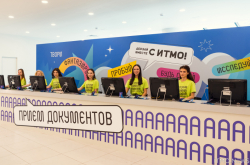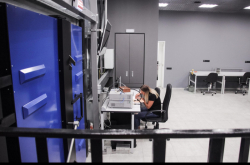Laws of physics and optics
There are many educational programs, including those available at ITMO, where one can learn about computer and machine vision. But those programs tend to be focused on software methods of image processing without giving much consideration to the optical and hardware elements of such systems. Oftentimes, specialists who lack background knowledge in optical electronics don’t understand how the images they analyze are formed, resulting in additional difficulties when faced with defects or malfunctions.
As Aleksander Vasilyev, the head of the new program and a researcher at the International Laboratory "Technosphere Safety," explains, programmers are great at applied mathematics, but often have a poor understanding of the laws of optics behind video cameras, or even the nature of sensor devices.
“Programmers who aren’t familiar with optics and optical devices and systems have a hard time understanding how, for instance, LIDARs work: how they scan their surroundings, how the point cloud is formed, why there are sometimes phantom images, and so on. It’s the same with video: they don’t know how to establish the cameras’ physical location, how to connect them together, why there is image noise, how cameras or other sensors work – and without that, you can’t make an algorithm that’ll work correctly and efficiently,” he says.
Aleksander Vasilyev. Photo by Ekaterina Shevyreva / ITMO.NEWS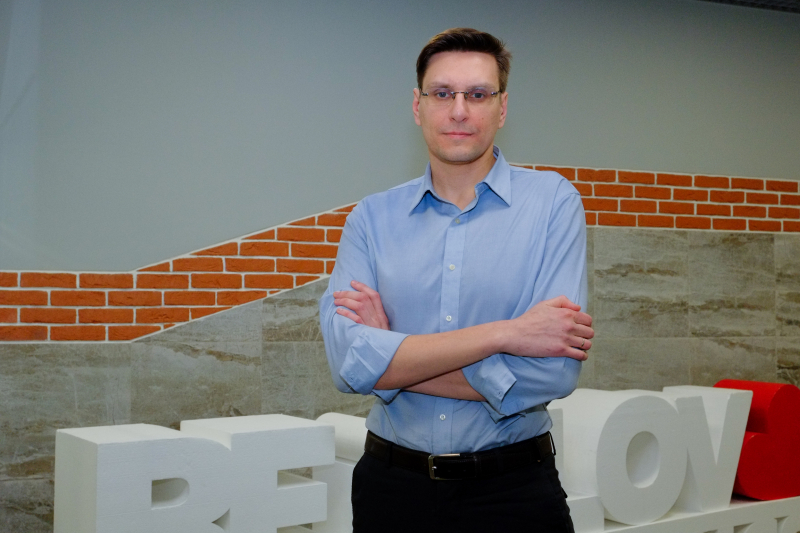
It is that gap that the Computer Vision program is expected to fill.
Partners and projects
Studies in the program will include a range of practical training, including lab classes, internships, and project work. Students can work on real cases from the IT, smart tech, drone, and military industries – and even the art world.
“This year, the European University at St. Petersburg is launching a program called AI in Art. But the problem is that it’s designed for creatives who aren’t that familiar with hard sciences. So we came up with a collaboration: we’ll group students together so they can work on joint art projects. There are many tasks in art that can be accomplished with machine vision. We’d like to see the students of both our universities work together and learn from each other,” says Oleg Lashmanov, the executive director of the Laboratory "Art and Artificial Intelligence" at the European University at St. Petersburg.
Oleg Lashmanov. Photo by Ekaterina Shevyreva / ITMO.NEWS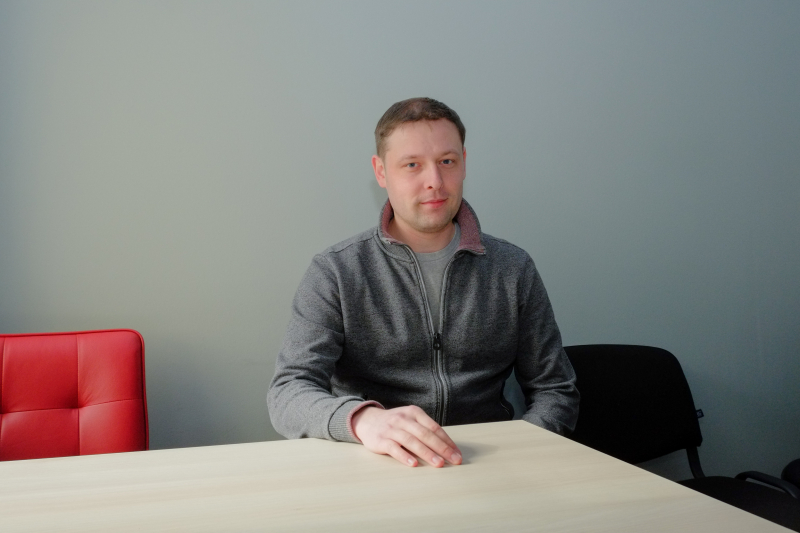
Students can also join the development of Botkin.AI, a medical data analysis platform by BrainGarden. The system analyzes X-ray images to detect pathologies and growths; it has already been adopted by several major Russian hospitals. The project is one of the world’s top 10 startups as rated by Entrepreneurship World Cup.
Another case, this one focused on analyzing crops using drones and satellites, will be provided by the remote probing company Planer-T.
The curriculum
The disciplines that the students will acquire can be sorted into three groups:
1) machine vision system (this includes a course on the mechanics of video cameras and optical sensors, a course on hardware image processing methods, and courses in C++ and Verilog);
2) image processing (here, students will learn about modern video and image processing methods, analytical algorithms, face and object recognition tech, image filtering, and how to use AI in combination with these technologies);
3) optical systems (includes optical imaging theory as well as modeling and assembly of machine vision devices).
The program doesn’t offer specializations, but the students are free to pick a field of focus after their first year. The choices are:
- Biomedical image analysis (in clinical practice or in biological and medical research);
- Multichannel machine vision systems (for 3D mockups, AR, remote probing, and others);
- Complex security systems (particularly digital video surveillance and facial recognition systems);
- Measurement systems (management of color rendering parameters, energy consumption, linear parameters, and so on);
- Interferometric measurement methods.
Aleksander Vasilyev and Oleg Lashmanov test a multichannel machine vision system. Photo courtesy of the subjects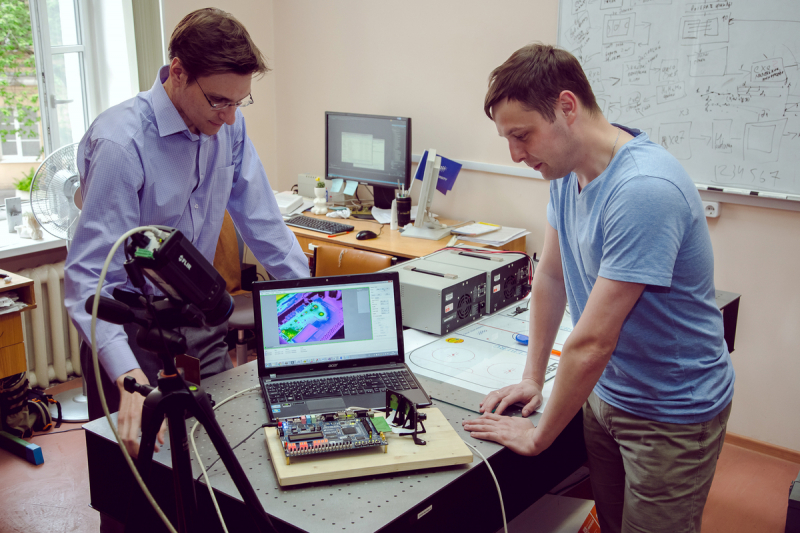
How to apply
For its first intake, the program will offer 30 tuition-free spots. Applicants are expected to possess basic knowledge of linear algebra and analytical geometry (at least one course of higher mathematics), an understanding of the basic laws of optics, and beginner or better level of programming experience – the program includes a comprehensive course on Python programming.
All these abilities will be tested during the entrance exams. But applicants can also enroll by successfully taking part in a number of contests and competitions, including:
- The Congress of Young Scientists
- Online forum It’s Your Call!
- ITMO University’s Portfolio Contest
- National contest I Am a Professional
- ITMO Mega Contest
- And others; check here for a list of enrollment opportunities for international students.
Prospects for graduates
Since the program is designed to train versatile specialists in image processing and design of machine vision systems, its graduates can build careers as developers, programmers, engineers, roboticists, machine vision specialists, data scientists, researchers, or project leads. A young specialist’s post-graduation salary equals approximately 80,000 rubles at Russian companies (according to HeadHunter) and $2,500 abroad.
Among potential employers are, first and foremost, the program’s partners: BrainGarden, Luxoft, Wärtsilä Voyage, Kronstadt Group, and C-Sort.



